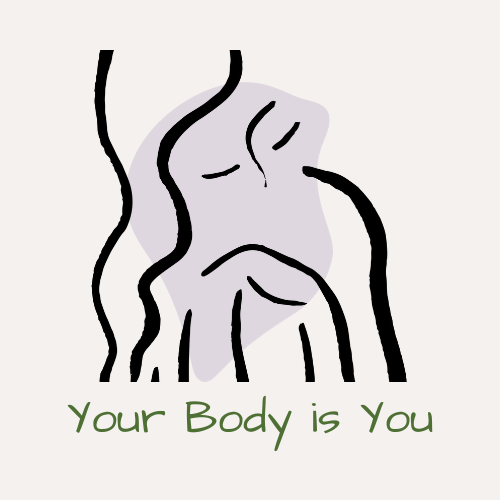
PSYCHOTHERAPY APPROACH
How I Work
Psychotherapy sessions combine
Contemplative Psychotherapy—Somatic Coaching—Parts Integration
CONTEMPLATIVE PSYCHOTHERAPY
My style of psychotherapy emphasizes the mind-body relationship, integrating mindfulness practice & working to interrupt problematic patterns in the mind, body & emotions. We’ll work with the parts of you that are struggling with anxiety/panic, boundaries & limiting beliefs. Awareness in the present moment provides the essential framework for curiosity & gentleness in the process of healing & change.
SOMATIC COACHING
In sessions I direct clients experientially in tracking body sensation, the movement of emotion, thoughts, breath & posture to attune to & integrate what is needing attention. At the same time, there is the potential to release blockages & an opportunity to reset the nervous system.
Assignments between sessions are key for clients to increase mindfulness of how their body responds to their world.
PARTS INTEGRATION
I first learned “parts work” through my study with a Shamanic Journey-work guide via Soul Parts Retrieval & added the IFS (Internal Family Systems) teachings to that foundation. This modality is powerful & helps cultivate self-compassion as well as a real sense of wholeness & congruence. I always say…to have “all our parts moving in the same direction” IS integration!
SAFE & SOUND PROTOCOL
Developed by Dr. Stephen Porges, author of Polyvagal Theory, the Safe and Sound Protocol (SSP) is an acoustic vagal nerve stimulator designed to reduce sound sensitivities and improve auditory processing, behavioral state regulation, and social engagement behaviors through specially filtered music.
This is an optional service that can be added to regular sessions or that you can experience on it’s own in my SSP Intensive.
Some of the things people experience that can be addressed with the safe & sound protocol:
Feeling easily irritated by sounds that others don't seem to mind or even notice
Difficulty editing out background noise either at home or in public places
Light or alert sleep, sounds cause interruption in sleep regularly or difficulty reaching deep sleep/restful sleep
Being in public or with groups is physically or emotionally draining
Trouble interpreting the body language of others or their vocal tone & intonation
Incidence of an accident or traumatic event & haven't been able to feel a sense of safety since the event happened
Attributes associated with the autism spectrum or ADHD diagnosis
guiding views…





